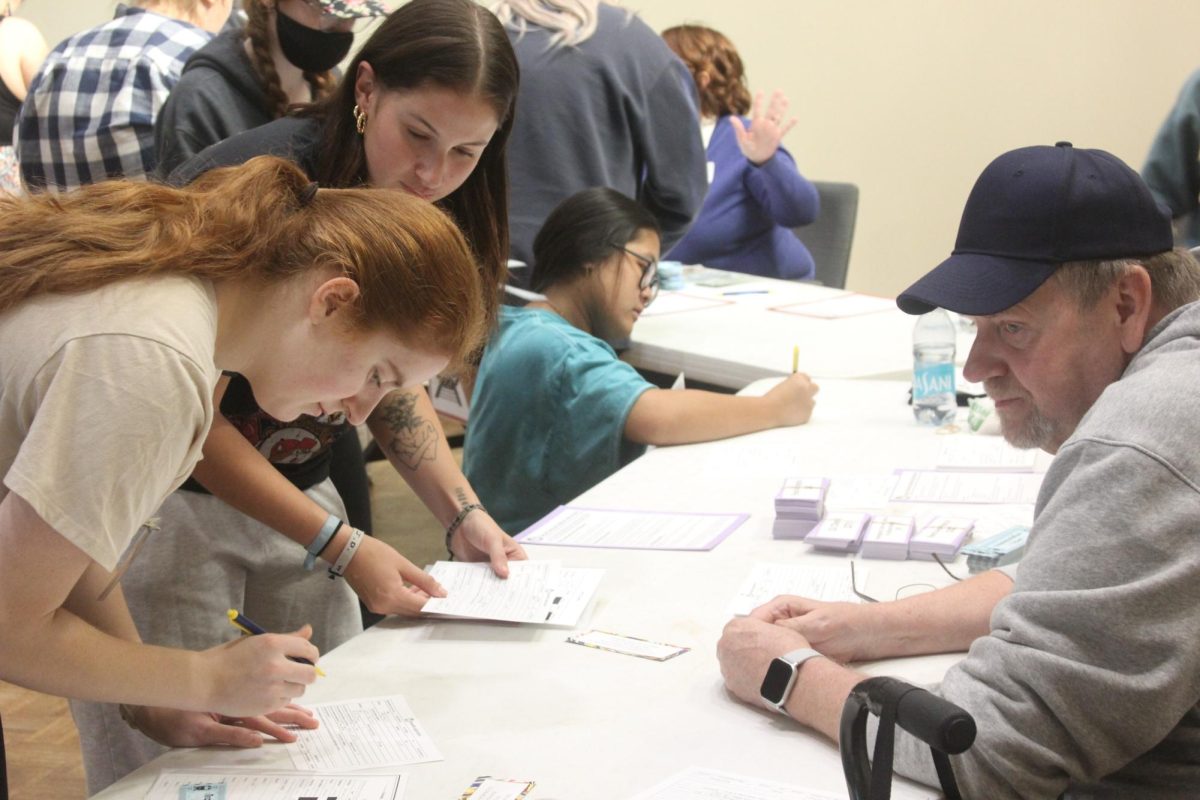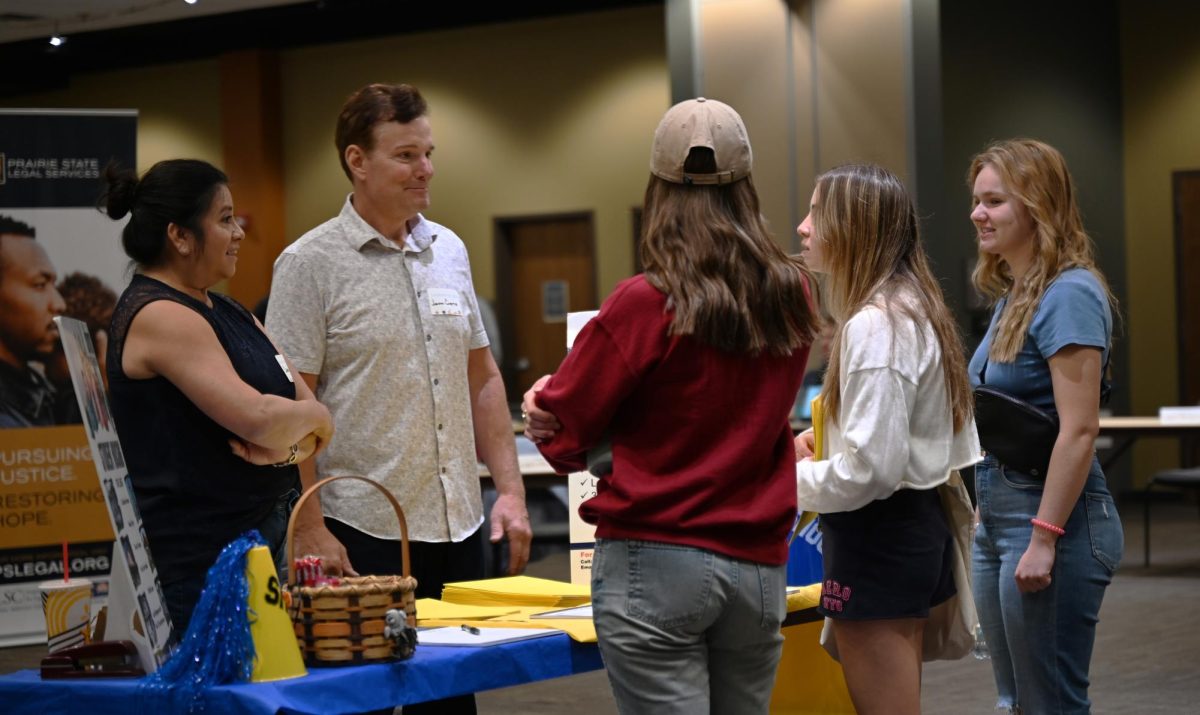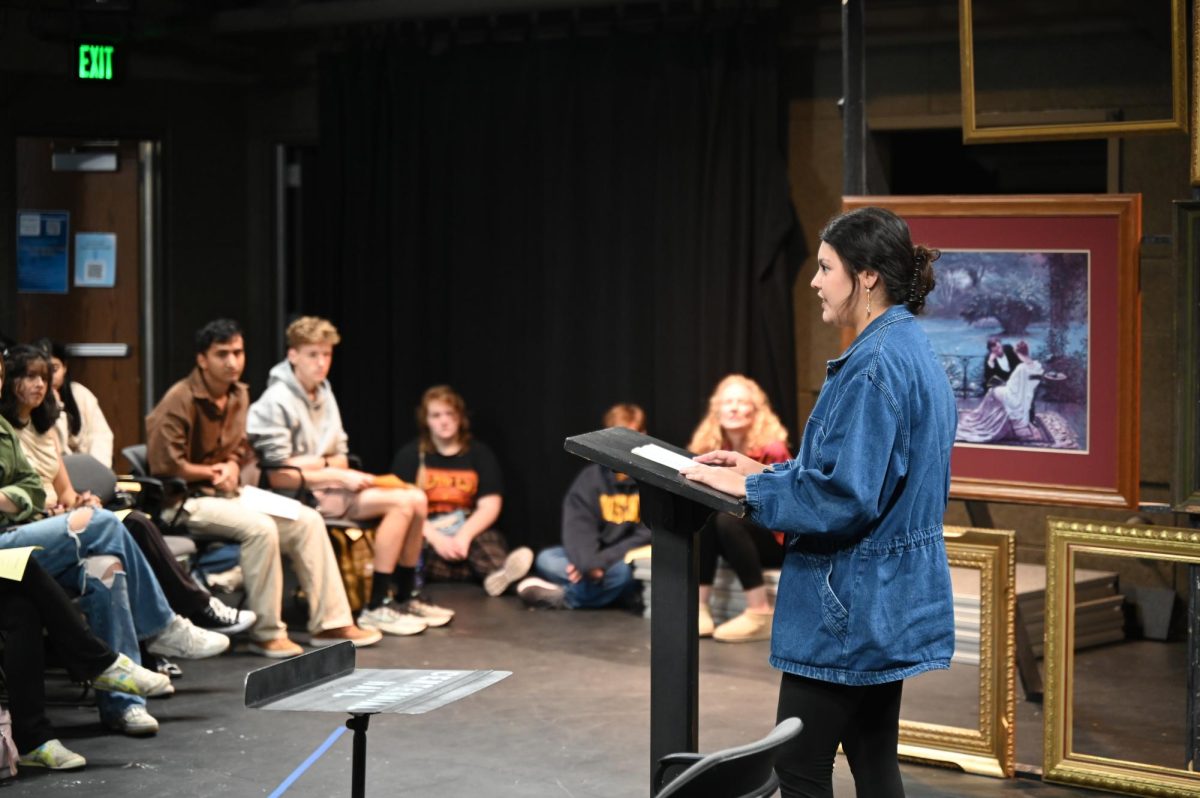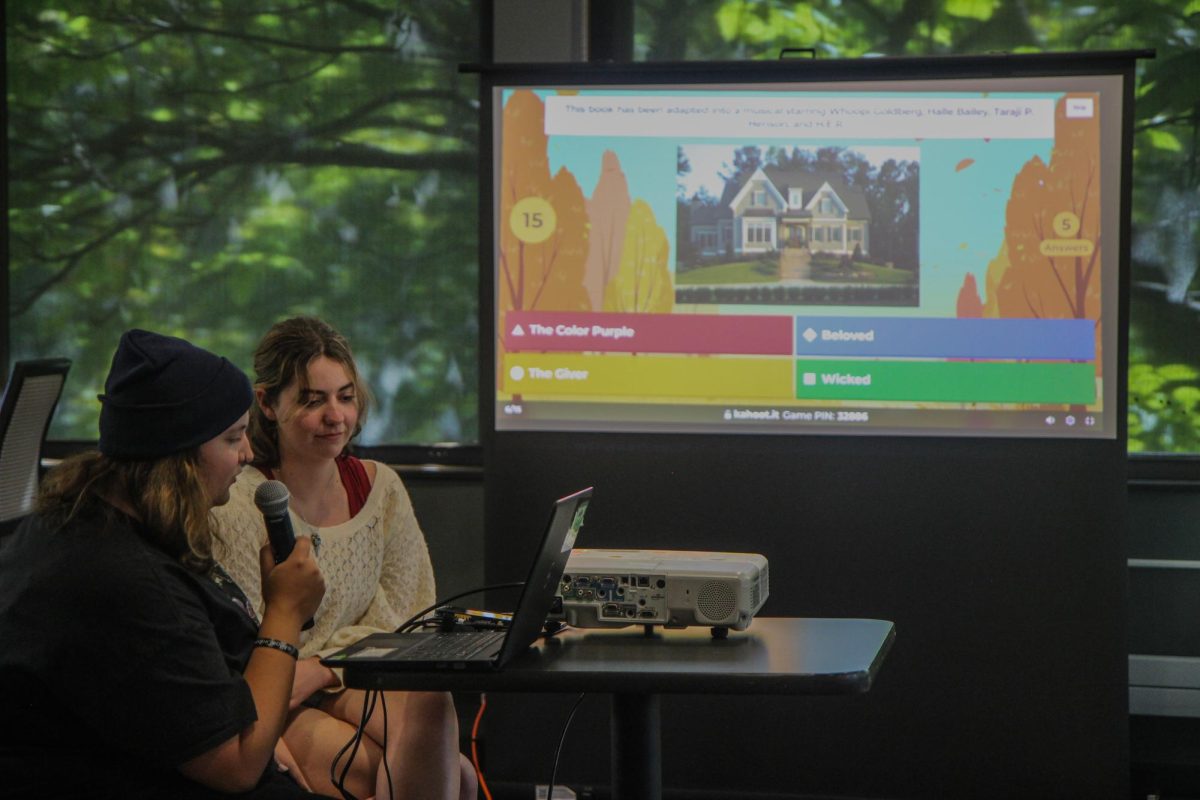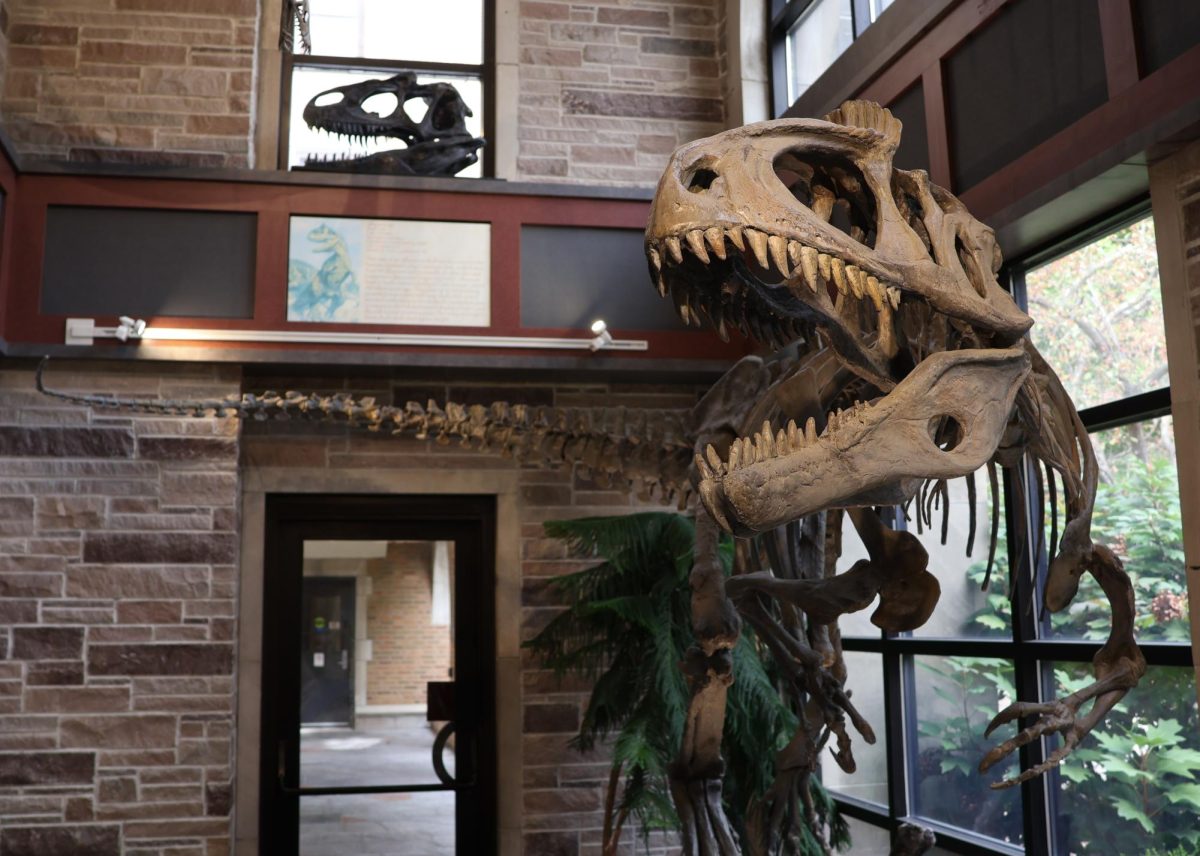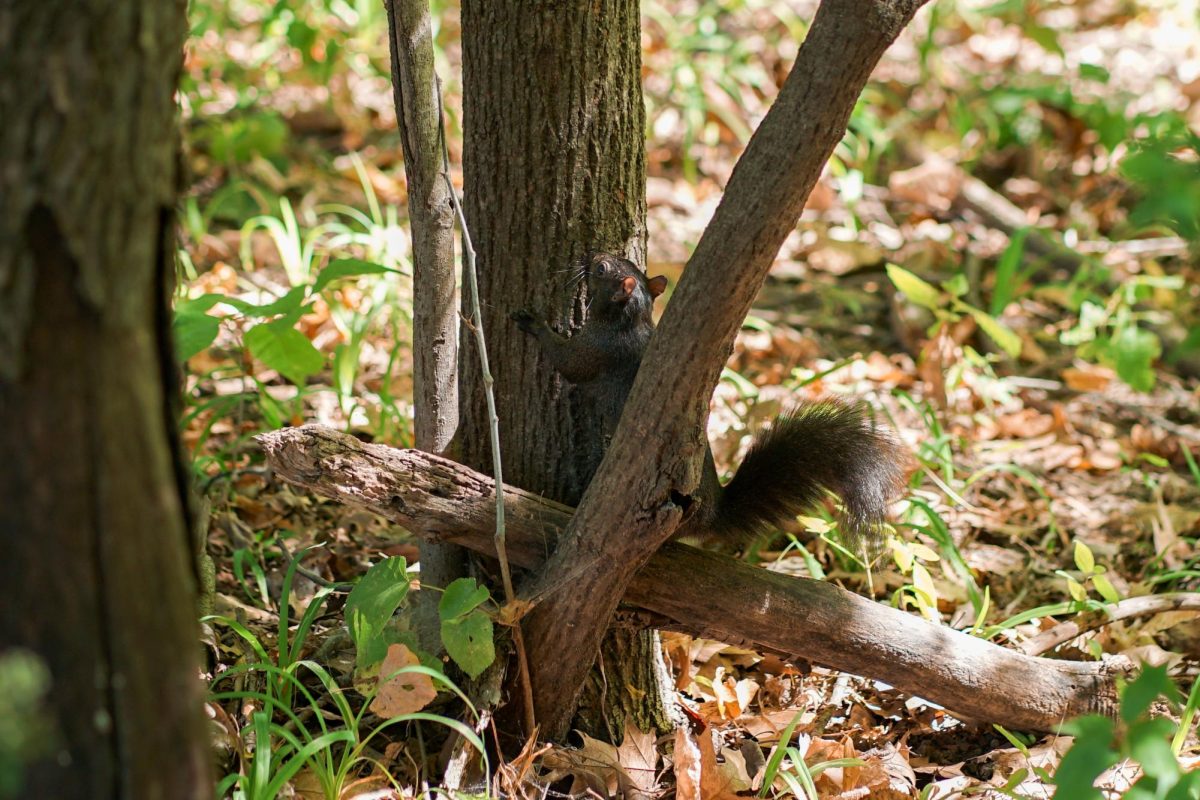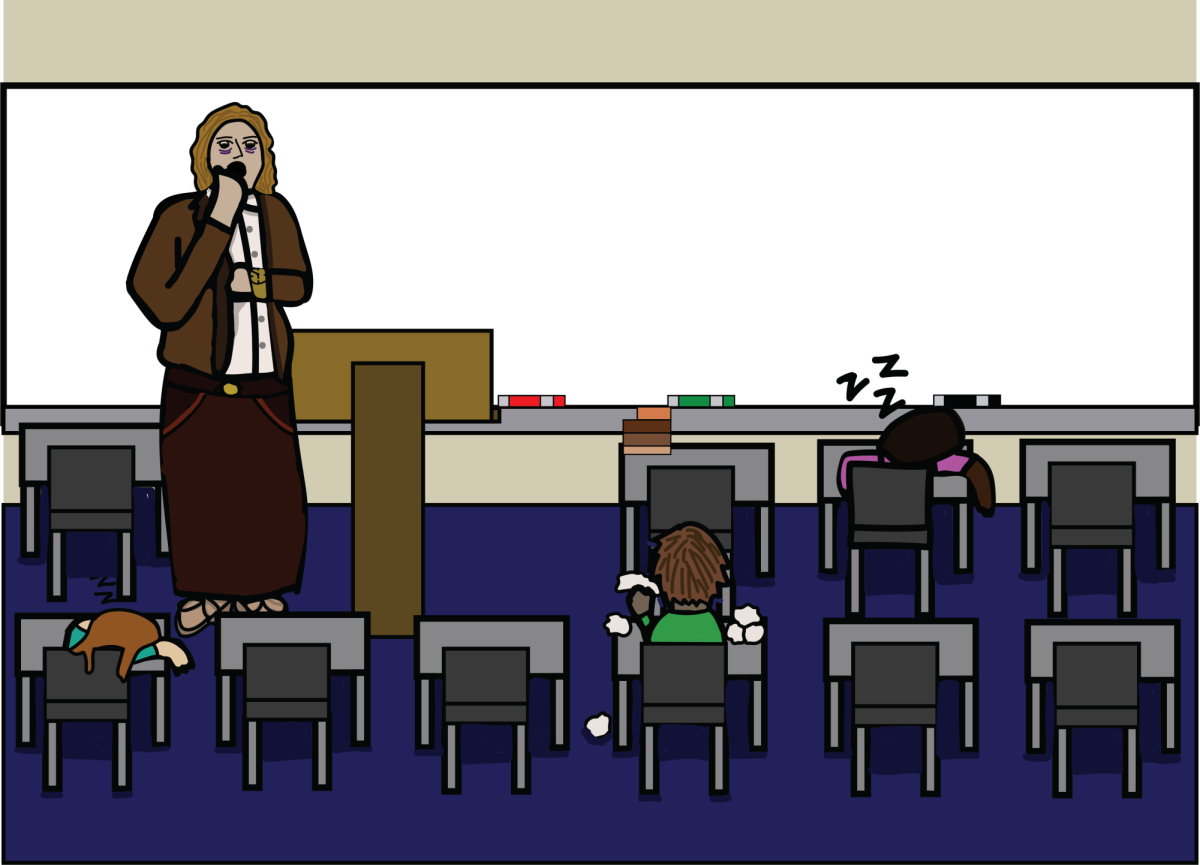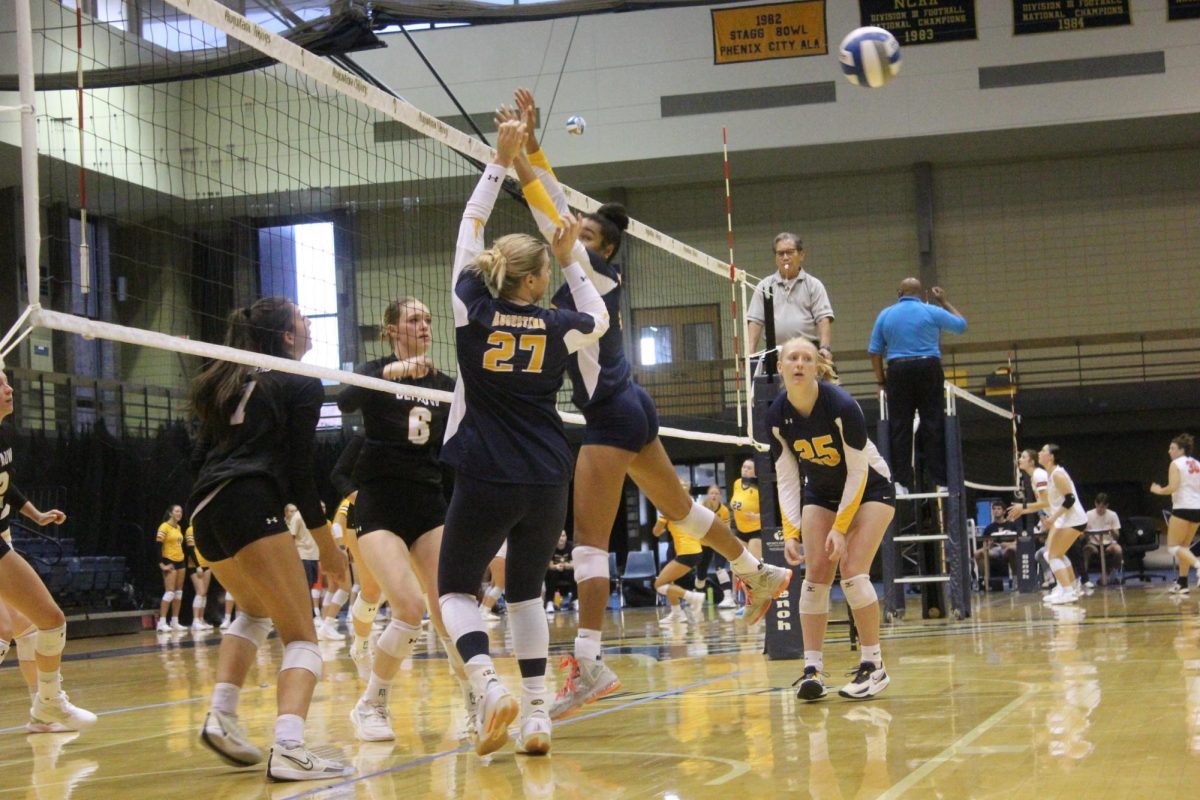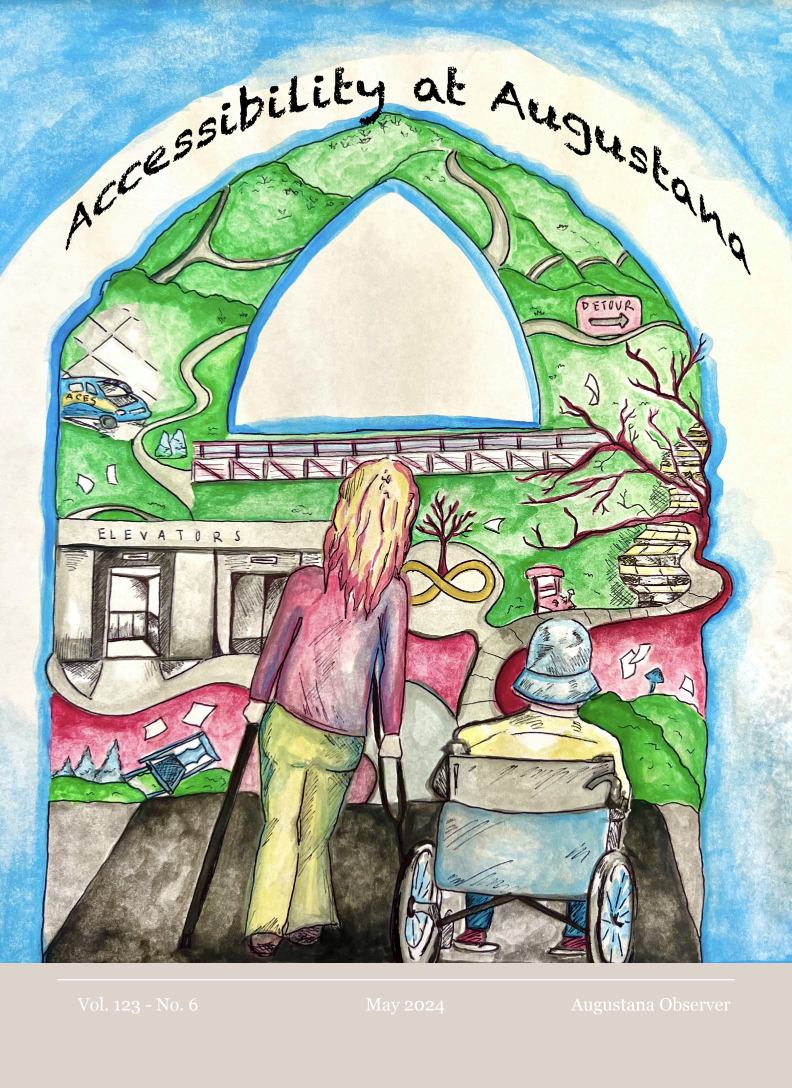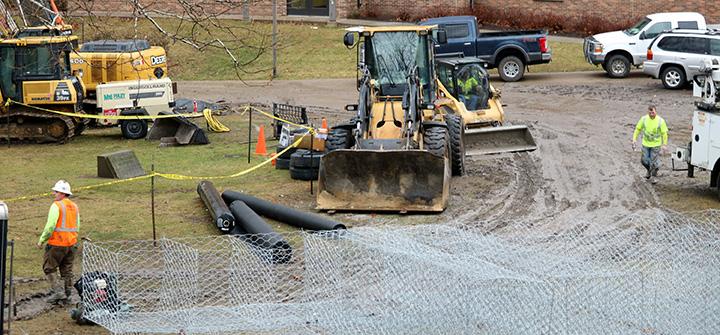In early December of 2017, the college began reconstruction work on the Slough.
According to Kirk Anderson, CFO and vice president of finance and administration, this was the first project of such a scale to be taken on. Recent extreme weather conditions have prevented the project from advancing as fast as had been originally hoped, but Anderson is confident that everything possible is being done to maintain the safety of the students, the usual rhythm of college life, and the Slough ecosystem at large.
Anderson explained that while the Slough reconstruction project will definitely help maintain the beauty of the campus, it will also repair long-term structural damage sustained by the Slough, such as water seeping under the walking path and erosion from near the Gerber Center contributing an excess of silt.
“When the sewer pipe burst under the Slough this summer, the city took care of the repairs,” Anderson said. “However, we did not want to begin repairs on the Slough itself at that time, as so many students coming in for the new fall term.”
Communication occurred between the reconstruction team and relevant Augustana faculty, such as members of the biology department, on the best ways to avoid disturbing the resident non-invasive species and research subjects in the Slough ecosystem, such as the turtles essential to a project conducted by Associate Professor of Biology Tim Muir.
Visiting Assistant Professor of Environmental Studies, Olivia Williams, agreed that the Slough reconstruction team was in touch with relevant faculty members and expressed the view that consultations with outside environmental professionals might also be of use.
“It’s just a matter of getting people to talk to each other,” Williams said.
She explained that the Slough had already had problems such as trash being dumped into it, the presence of invasive goldfish, and an inadequate plant environment, and that the reconstruction efforts would help combat these problems.
However, the recent unpredictable weather delayed the project somewhat. Williams explained that when the surface of the Slough did not freeze as rapidly as expected, heavy construction vehicles were unable to move onto it; this was then followed by the Slough becoming frozen to the point where the silt could not be removed.
Furthermore, as Anderson explained, the weather made for unsafe working conditions. “The wire cages of rocks lining the Slough bank need to be bound by hand. However, at one point it became dangerous for the workers to remove their gloves to do this.”
Anderson also commented on other problems caused across campus by the cold, such as malfunctions with heating, and bursting water pipes.
“Our academic buildings in particular are heated with steam. The water from this comes from the city main and if there’s a problem there, water stops coming through to these buildings. Also, pipes underground can get so cold that they become brittle, and far more likely to break under pressure. During the break, we had people regularly walking through buildings and around campus, watching for these problems.” Now that the buildings are inhabited again, Anderson said, these problems can be reported and fixed faster when they occur.
As the construction period has now overlapped with the academic term, Anderson explained that all involved were attempting to cause as little disruption to students as possible.
“We are anticipating removing 2000 cubic yards of silt from the slough, and one truck can hold about 7 or 8 cubic yard. As a high volume of vehicles is then inevitable, we have walked through plans on how to coordinate vehicles with class times.” He added, “We are working to make the best situation out of the best conditions.”
Ashleigh Johnston, director of public relations and social media, commented on the importance of the Slough to the Augustana community both past and present.
“The Slough is very much a beloved part of campus,” Johnston said. “This kind of project is important to maintaining its presence here in the long run.”
Categories:
Slough reconstruction project continues
January 18, 2018
Construction continues on the slough slowly as extreme weather events keep inhibiting reconstruction. Photo by Brady Johnson.
0
More to Discover
